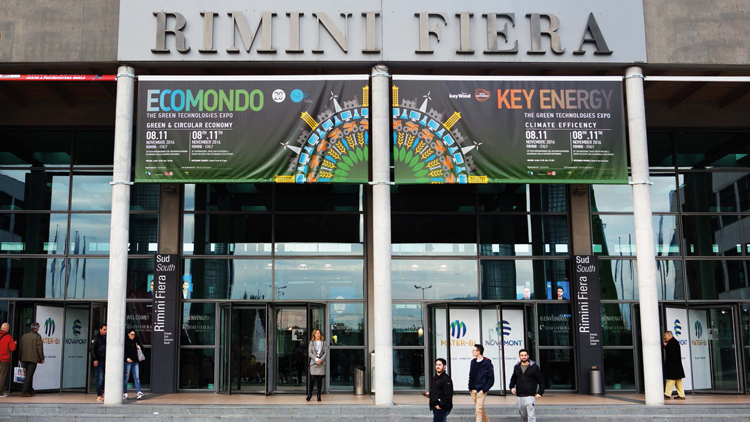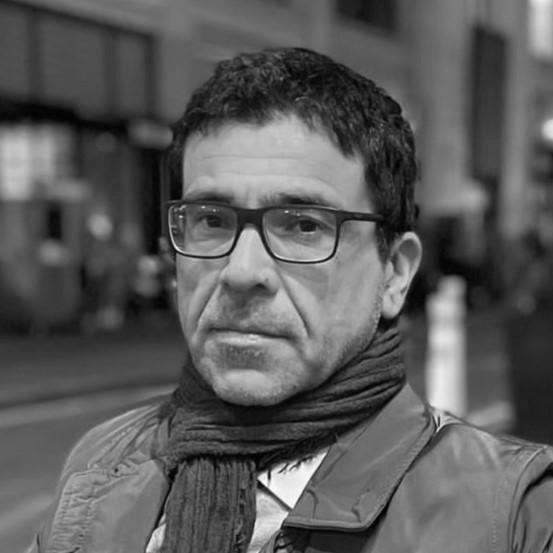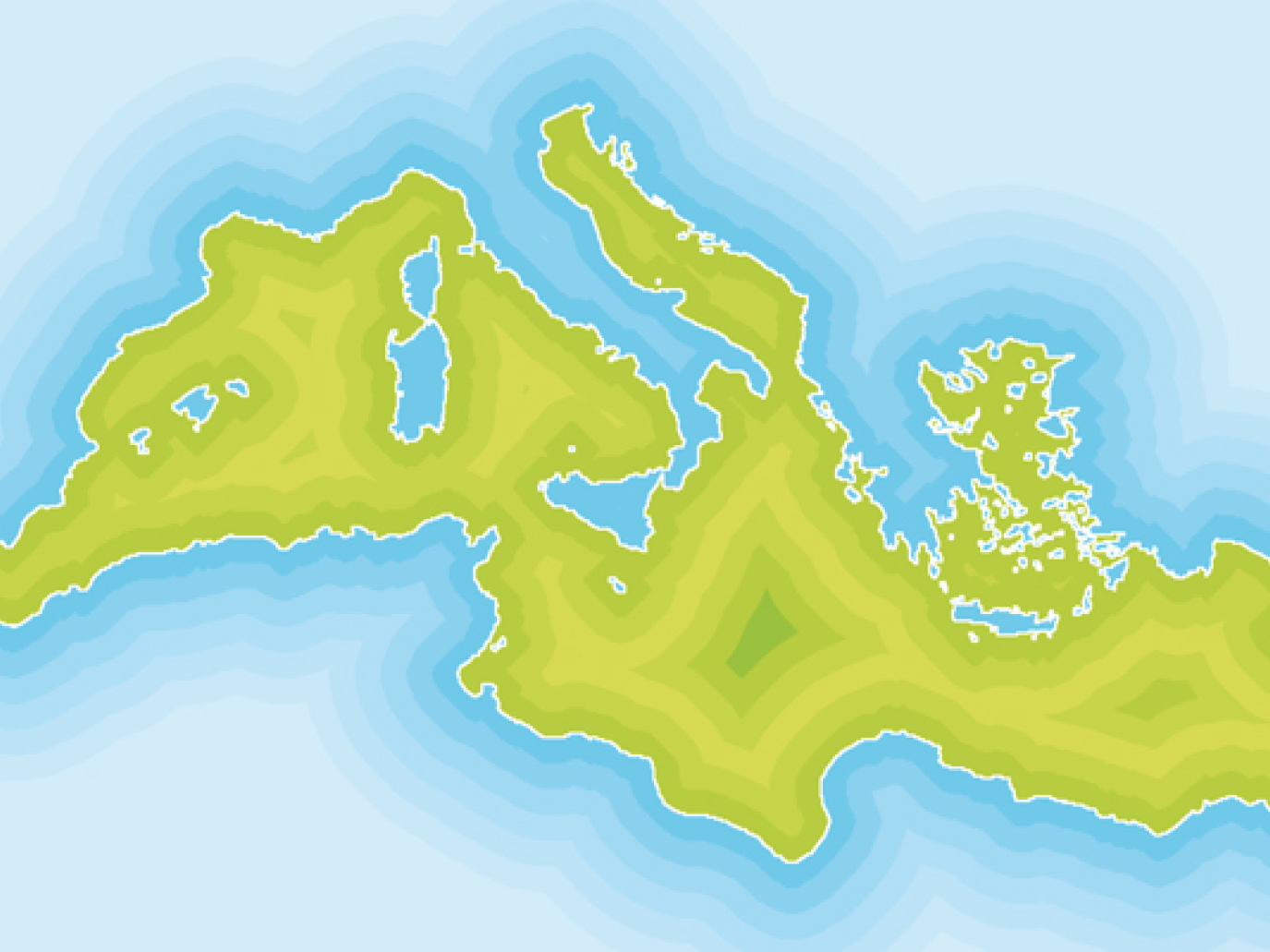A liquid continent. This is how Fernand Braudel, a famous French historian of the Annales School, defined the Mediterranean. A continent made of water surrounded by three different continents, heavily threatened by the effects of climate change. If there ever was and there still is a Mediterranean economy, then there is also a Mediterranean bioeconomy, strictly connected to its territory, able to build a new bridge between the North and South rims of the Mediterranean, characterized by a widespread and eco-friendly economic development.
2016 is handing down to us a Southern Europe that is protagonist in this sector. Spain and Italy’s governments have at last accepted the challenge issued by the European Union in 2012, when the “Innovating for a sustainable growth: a bioeconomy for Europe” challenge was presented, when the bioeconomy became part of their political agenda.
The Spanish strategy in March and that of Italy in November were followed by those of France and Great Britain, both based on the agribusiness and green chemistry, which is already proving a driving force for growth and employment: from Montmeló in Catalonia, where there is the plant for the production of bio-succinic acid by Succinity GmbH, a joint venture between BASF and Corbion, in Porto Torres in Sardinia where there is Matrìca’s biorefinery, a joint venture between Versalis and Novamont, to Gela, Sicily, where the conversion to green chemistry of Gruppo Eni’s refinery is underway.
And the Mediterranean is the true great protagonist of Southern Europe’s bioeconomy, a reservoir of still largely untapped renewable raw materials and at the same time direct beneficiary of the new biobased economy, which will allow a lower impact on its waters. The Mediterranean is also the location where one of the biggest migration phenomena of the last decades is taking place, a route towards freedom for millions of refugees. A place that often turns into the scene of tragic events.
“The Mediterranean Sea – as it reads on the ‘The bioeconomy in Italy: a unique opportunity to connect economy and society and the environment” strategy – is a basin with unique bio/geophysical characteristics. It offers key contribution to the European economy, supporting 30% of the global trade by sea with over 450 port terminals, home to the world’s second largest market for cruise liners, half of the EU’s fishing fleet and a unique cultural and natural heritage. At the same time, the Mediterranean is also faced with important environmental challenges linked to climate change, the growing maritime traffic and pollution, overexploitation of fish resources, invasion of alien species, for instance. But local biodiversity and deep water resources, tourism, energy production from renewable resources, marine aquaculture represent important local opportunities for still unexplored blue growth and employment opportunities.”
Moreover, the Italian strategy, is a reminder of how the Bluemed initiative, started in 2014 on an initiative by the Union’s Italian Presidency by involving the area’s member States and Portugal managed to “benefit from having a common strategic policy of research and innovation. Soon, such initiative will be extended to the Southern rim, so that the whole area will be able to share the duties and opportunities of a sustainable and long-term economic growth in the Mediterranean. The bioeconomy could thus greatly contribute to regeneration, to sustainable economic development and political stability in the area, reducing also migration phenomena. For instance, through the creation of local investment projects with a high social infrastructural impact, as expressed in the Migration Compact document proposed by the Italian government” (a contribution for a European strategy on immigration sent to Jean-Claude Juncker, President of the European Union, Editor’s note).
The drafting of the strategy represented also a key opportunity for Italy to strengthen its competitiveness and role in promoting sustainable growth in Europe and the Mediterranean basin. It is the result of an interministerial collaboration, involving the Ministry for the Economic Development, of Agricultural, Food and Forestry Policies, the Ministry for Education, of Universities and Research and the Ministry for the Environment and the Protection of Land and Sea. Besides the major national actors of the bioeconomy, including the Agency for Territorial Cohesion, the Conference of Regions and national technological clusters of green chemistry (Spring) and Agribusiness (Cl.an).

Cluster Spring: Strategy and Targets
Created in response to the announcement promoted by the Ministry of Education, of the University and Research in 2012 for development and the strengthening of Italian technological clusters, green chemistry’s Italian cluster (acronym for Sustainable Processes and Resources for Innovation and National Growth) includes about one hundred entities operating within the bioeconomy and represents the whole supply chain of the chemical sector from renewable sources, as a guarantee of a multidisciplinary approach, necessary for the sector’s development.
The cluster, presided by Catia Bastioli, Novamont’s CEO, promotes activities of research, demonstrations, technological transfer, popularization and training, in constant dialogue with players throughout the territory, encouraging a model of circular economy at local, national and international level focused on integrated, sustainable and multi sectorial supply chains, starting from a collection of local areas’ needs and interaction with all other situations in the biobased industry. It is an associate member of the Biobased Industries Consortium and takes part as an observer in the Expert Group on Biobased Products of the European Commission.
The bioeconomy offers a great opportunity for growth and employment in Europe, although the Mediterranean region is lagging behind compared to Northern Europe, despite the great potential in terms of availability of agricultural, forest and marine biological resources as well as rural and marginal land. This is the unequivocal message that emerged last November 9th during an event organized by Spring, the Italian Cluster of Italian green chemistry, by Biobased Industries Joint Undertaking, the European Commission and the Bologna University at Ecomondo 2016 in Rimini.
As Philippe Mengal, BBI JU’s executive director, more interconnection amongst Mediterranean countries is needed, as it happens in Northern Europe. From this point of view, Horizon 2020 and BBI JU offer important opportunities to support local initiatives of Research and Innovation, creating interconnections between sustainable agriculture, forestry, industries and growth of the sea economy.”
“The thing is – adds Jose Manuel Gonzalez Vicente of the Centre for technological and industrial development, reporting to the Spanish ministry of the Economy, of the Industry and Competitiveness – that the bioeconomy is not yet adequately recognized as an opportunity in the Mediterranean.” Fabio Fava, a professor of Industrial Biotechnolgies at the Bologna University and Italian representative for the bioeconomy in Horizon 2020 and in BBI JU, shares this point of view. He believes that “the potential for the bioindustry in the Mediterranean is huge, but more coordination amongst the countries of Southern Europe of the Union is needed, starting from the three biggest States: France, Italy and Spain.”
“In the area – Fava highlights – there are 3.5 billion hectares of degraded and abandoned land which could be used to further rural development, a well established agribusiness and integrated biorefineries over the territory, which could be powered with abundant agricultural waste, fishing and aquaculture. A shared vision amongst the countries of the area is fundamental, though, in order to enhance and complete what has already been done by the BlueMed inititive devoted to the growth of the economy of the Mediterranean sea and the Prima programme (Partnership for Research and Innovation in the Mediterranean Area) for agriculture, inland waters and the agribusiness, involving also the countries of the Southern rim, such as Morocco, Lebanon and Egypt.”
The economic signs in this area are encouraging. “If integration and collaboration within the Mediterranean countries will be promoted – guarantees Donato Iacovone, EY’s CEO in Italy and managing partner of the Mediterranean area – over the next years the world map will enjoy the creation of a new emerging market.” The BaroMed Report drawn up by EY expects a positive growth in the near future and investors seem to be interested in the region. “Thanks to not yet saturated market and to its resources, not only Europe and the United States, but also China and India consider the Mediterranean a very attractive area for investments.”
EY’s research involved 156 executives from 20 countries around the world. They see the Mediterranean as the most attractive are of Europe (51%), of Africa (60%) and of Asia (52%). According to Iacovone, “thanks to a strategic position compared to Europe, Africa and Asia and with a growing labour market and with the considerable resources it has, the region offers an excellent compromise between costs and growth. In the immediate future, more efficient infrastructure and more stability will help create more jobs both in the industry and other sectors.”
So, the bioeconomy can be the keystone to guaranteeing economic growth and new jobs, keeping the Mediterranean’s wealth of biodiversity, which is one of the world’s most important ecosystems. “The bioeconomy’s prerequisite – reiterated Catia Bastioli, Novamont’s CEO and President for Cluster Spring – is that soil, water and air must not be damaged because they represent the natural heritage on which the natural heritage is based. Destroying such resources means destroying the very economy. This is why we must focus on supply chains respecting the sustainability of the territory, able to supply sustainable biomass. The bioeconomy is to be intended as territorial regeneration, as efficient use of resources. Competing for food is not an option. There should be synergy. The bioeconomy represents a great opportunity to reconnect the economy with society and the promotion of diversity.”
As Bastioli herself stated at the inauguration of the Bottrighe di Adria’s biorefinery, the first in the world for the production of butanediol from biomass, “the bioeconomy is democracy.” For the Mediterranean this could not be a better opportunity.
“The bioeconomy in Italy: a unique opportunity to connect economy and society and the environment,” tinyurl.com/j7az3zs
Migration compact, tinyurl.com/ho6whzl
Biobased Industries Joint Undertaking, www.bbi-europe.eu
EY, “BaroMed Report 2015,” tinyurl.com/znqnlk4



